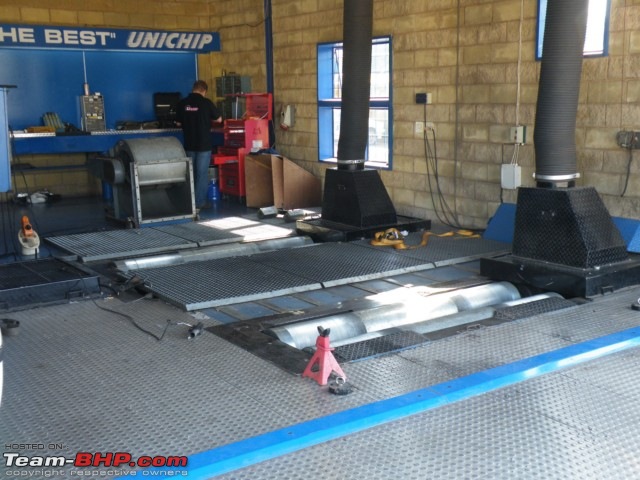| | #76 |
| Senior - BHPian Join Date: Jul 2009 Location: Calcutta
Posts: 4,668
Thanked: 6,217 Times
| |
| |
| |
| | #77 |
| Team-BHP Support  Join Date: Feb 2004 Location: Bombay
Posts: 24,039
Thanked: 34,069 Times
| |
| |
| | #78 |
| Team-BHP Support  Join Date: Feb 2004 Location: Bombay
Posts: 24,039
Thanked: 34,069 Times
| |
| |
| | #79 |
| Senior - BHPian Join Date: Feb 2004 Location: Calcutta
Posts: 1,872
Thanked: 874 Times
| |
| |
| | #80 |
| Team-BHP Support  Join Date: Feb 2004 Location: Bombay
Posts: 24,039
Thanked: 34,069 Times
| |
| |
| | #81 |
| BHPian Join Date: Mar 2008 Location: Minneapolis, MN/Hyderabad
Posts: 234
Thanked: 4 Times
| |
| |
| | #82 |
| Senior - BHPian | |
| |
| | #83 |
| Senior - BHPian | |
| |
| | #84 |
| Team-BHP Support  Join Date: Feb 2004 Location: Bombay
Posts: 24,039
Thanked: 34,069 Times
| |
| |
| | #85 |
| Senior - BHPian Join Date: Jul 2009 Location: Calcutta
Posts: 4,668
Thanked: 6,217 Times
| |
| |
| | #86 |
| Senior - BHPian | |
| |
| |
| | #87 |
| Senior - BHPian | |
| |
| | #88 |
| Senior - BHPian | |
| |
| | #89 |
| BHPian Join Date: Aug 2010 Location: Coimbatore
Posts: 129
Thanked: 204 Times
| |
| |  (1)
Thanks (1)
Thanks
|
| | #90 |
| Senior - BHPian | |
| |
 |
Most Viewed




 )
) 

 .
.




